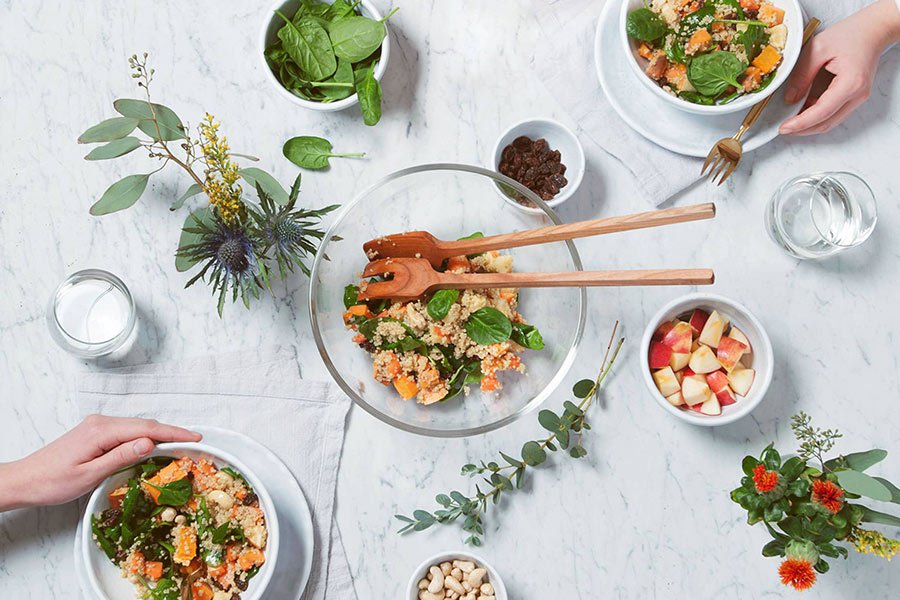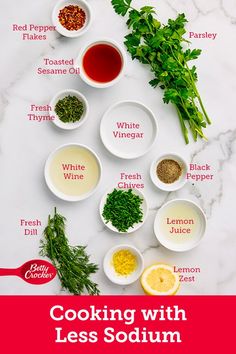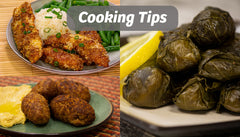
Advanced cooking techniques are something you should try if you love to cook. French and Chinese techniques are familiar to you. What about Japanese and Chinese techniques? You will want to know the best poaching and steaming techniques. Learn more about how these techniques work and why they are important. These techniques can be applied to everyday cooking. These cooking techniques can be applied to your everyday cooking. Keep an eye out for cookbooks with detailed instructions.
French cooking techniques
French cooking's foundation is built on traditional techniques. French chefs are well-known for placing everything in its right place and cooking slowly at low temperatures. Confit refers to slow cooking of a variety foods in fat with low heat. They also often use alcohol to make sauces. Flambeing is a common ingredient in desserts. But, you can pour the alcohol over the food while it is still heating to add flavor.
Chinese cooking techniques
There are many techniques you can use to make traditional Chinese cooking more delicious. Stir-frying is one of these techniques. It involves using a wok to heat oil and then cooking the ingredients in it. Stirring the food quickly and thoroughly until it attains the desired texture is key to achieving the desired flavor and aroma. This method is the simplest and best suited for small ingredients, such as vegetables and noodles. Chinese cuisine offers many different cooking methods, including stir-frying.

French technique of steaming
Steaming is a method of cooking that uses hot air to circulate around food. It retains all nutrients and doesn't add any fat. Because steam has more heat that boiling water, it's gentle and ideal for delicate foods. The steam method allows for fast cooking and preserves nutrients as well as natural color. This technique is well-known in France, where it can be a joy to prepare vegetables and fruits.
Japanese poaching technique
The Japanese have perfected the art of slow-cooked fish, and the technique of poaching is becoming more popular worldwide. This technique involves vacuum-sealing food in a plastic bag and slowly cooking it at low heat. This technique creates uniform texture while removing aromatics. It also has health benefits. Here are the Japanese ways to poach salmon.
Vietnamese technique for boiling
Boiling rice is an easy and effective method to cook rice in Vietnam. This method involves steaming foods in metal or bamboo trays. The benefits of this method include the preservation of the nutrients in the food and the absence of oil. It can be used in the preparation of seafood and sticky. It is especially helpful for vulnerable people living in developing nations who are heavily dependent upon water resources that are not yet improved. A few precautions are required, though.

FAQ
What is the minimum requirement to become a chef?
No. Many chefs learned their craft on their own. Some even went to culinary schools to gain practical experience. Culinary school is preferred by most chefs because they have more opportunities to grow and learn. Culinary schools provide hands-on training that helps students develop valuable skills and enhance their culinary knowledge.
What are the basic skills of cooking?
Basic cooking skills include being able to read and measure ingredients, prepare food safely, clean up after yourself, and cook. This is the first step to learning how to cook. Cooking is a great way save money as you don’t have to order take-out every day.
How do I get motivated to cook?
Cooking is fun when you share food with family and friends. Cooking for yourself is much more enjoyable than cooking for others. If you want to be motivated to cook, try making something new. You will be able to learn new techniques and ingredients. Additionally, you can learn about new ingredients and techniques by incorporating recipes from different cultures into your cooking.
Do I need special equipment to cook?
You don't require any special equipment to learn how to cook. The right tools can make cooking much easier. You could, for example, use a spoon to make pasta or a whisk to whip the egg whites into stiff peaks. It makes cooking much easier and quicker.
Is there a difference in a chef and a cooker?
A chef is someone who prepares food for others. A cook prepares food for his or her own consumption. A chef, on the other hand, works directly with customers. This may mean that they might have to choose what to cook for guests depending on their preferences. The cook does not have to interact directly with customers. He or she makes sure that the food is delicious before serving it.
Where can i buy quality kitchen equipment
High-quality kitchen equipment can be purchased online. You can find all kinds of kitchen tools on a variety of websites. However, it is important to check reviews and ratings before making any purchase of kitchen equipment. Ask other owners if they have any recommendations.
Statistics
- On average, chefs earn $58,740 a year, according to the BLS. - learnhowtobecome.org
- In the United States, the category is estimated at $23.2 billion annually and is growing faster than the market. (washingtonpost.com)
- The median pay for a chef or head cook is $53,380 per year or $25.66/hour, according to the U.S. Bureau of Labor Statistics (BLS). (learnhowtobecome.org)
External Links
How To
How to make a perfect Omelette
Omelets are a favorite breakfast food of mine. But how do you make them perfectly? I have tried many different recipes and methods, but none of them work. Today, I'd like to share some tips with you in order to make delicious and fluffy omelets every day.
When making omelets, it is important to be aware that eggs can be temperamental. They must be fresh, preferably from the organic market, and be kept cold until cooking. You must keep them cool enough to allow the whites to form properly and the yolks to become too runny if they're not kept at the right temperature. This causes your omelets to look oddly colored. If you plan to cook the eggs right away, it is best to use room temperature eggs.
Another tip is to separate the egg before adding it to the pan. It is important not to allow any white to mix with the yolk as this could lead to the omelet becoming curdled.
The bottom part of an egg that is added directly to the stovetop might be burned, which could cause a ruined texture in your omelet. Instead, microwave the egg for 10 seconds before adding it to the pan. The heat from the microwave cooks the egg just enough without overcooking it.
Next, let us talk about how to mix the eggs. When mixing eggs, it is important to thoroughly beat them. You need to turn the bowl of the mixer upside down. Now shake the bowl vigorously. This allows the air to be whipped and the egg to be mixed thoroughly.
Now comes the fun part: adding the milk to your mixture. Pour half the milk into the beaten egg mixture and then fold in the eggs. You don't need to worry if streaks remain. They will disappear once you flip your omelet.
After you have folded your eggs, heat up the oil on medium heat. Wait for it to get hot. When the oil is hot enough, add 1/4 cup butter to the pan. Stir it around until the butter covers the entire pan. The lid should be carefully opened. Sprinkle salt in the pan. The salt will help to prevent the omelet's sticking to the pan.
Cover the pan once you have formed the omelet. Wait for the top to set. Flip the omelet by using a spatula. Cook the opposite side for another minute. Serve immediately after removing the omelet from its pan.
This recipe is best when used with whole milk. But, you can use skimmed milk as well.